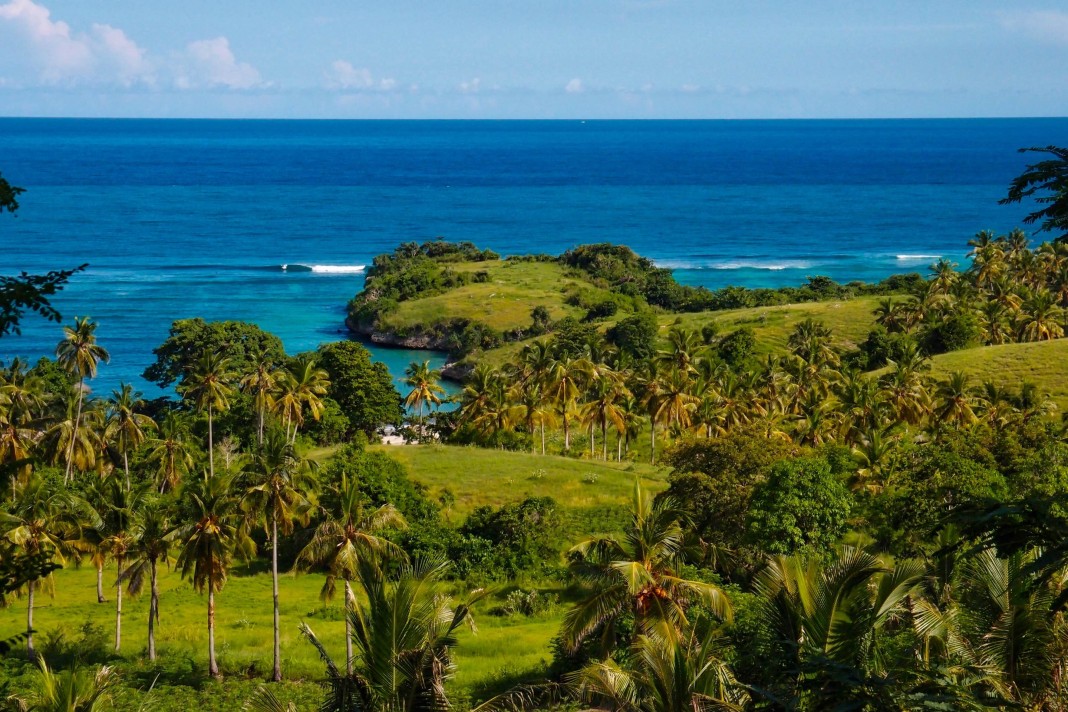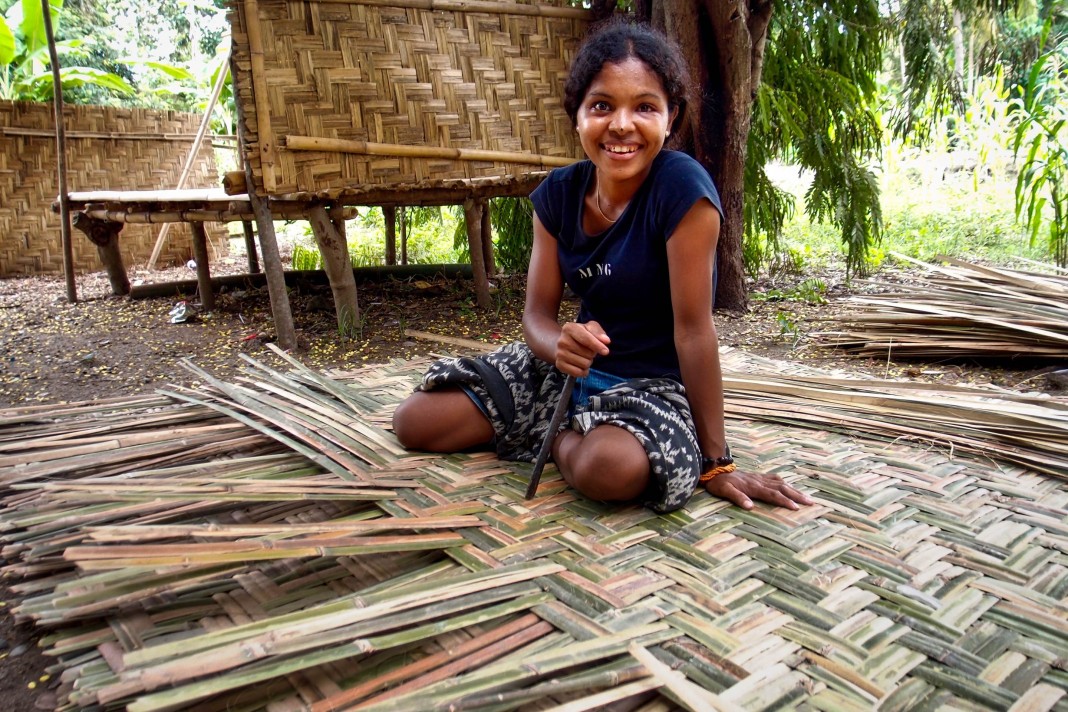Introduction
We recommend easing yourself in gently by starting in the east. For a longer trip covering all the best bits, two weeks will see you visiting some traditional villages, gorgeous beaches and waterfalls, with perhaps time for some hiking. If you can, time your trip to coincide with Pasola, Sumba’s wild and wonderful traditional jousting ceremony. But if that’s not possible—dates can sometimes be announced very close to the actual event—don’t worry, as you’re likely to come across any of a number of local ceremonies.

Getting around
Getting around Sumba by public transport can be challenging but not impossible. “Three-hour” bus journeys can end up taking all day and you may only be able to fit in seeing one sight rather than three. For day trips (and possible longer journeys too) we’d recommend hiring an ojek or car and driver. It’s not recommended to drive at night in West Sumba, as banditry is sometimes cause for concern.
To get the most out of visiting traditional villages (and to make sure you don’t make any cultural faux pas), hire a local guide at least for the first one or two. When exploring more remote areas (so, most of Sumba), take a packed lunch or snacks, as there’s very few local warungs or restaurants out of the main towns.

When to go
Sumba’s wet season runs November to April. During this time, road travel is fine on the major roads, but may be impossible to more remote areas. The best time to visit is just after this, when the rolling hills are lush and green as for most of the year it’s dry and parched. Costal areas can feel very hot during the day, but evening temperatures, particularly in the higher inland, can drop at night, sometimes to as low as 15 degrees Celsius — pack a cardi.
Day by Day
Day 1 — Arrival > Waingapu
Arriving in Waingapu, the capital of East Sumba, you may be keen to get out into the traditional villages. Prailiu is walking distance from town and sees a good number of tourists, so is easily visited without a guide, however there are many more interesting villages around Sumba, and this can easily be skipped. Grab a driver and visit picturesque Bendungan Kambaniru (Kambaniru Dam), stopping in at Ama Nai Tukang to see some of Sumba’s best ikat. Make sure you’re back in time to explore Bukit Persaudaraan before sunset (grab a cold drink to take with you) and sit and enjoy one of Sumba’s best views. Zip over to the night markets at the harbour to Warung Enjoy Aja for lip smackingly fresh seafood.

Day 2 — Waingapu
On day two, take a trip north to Sumba’s oldest village, Wunga, taking in the rolling savannah and pretty beaches along the way. Stop at charming Prailiang traditional village where you may get a chance to wear traditional garb. On the way back make time for a dip at Pantai Kembera. Or instead of returning to Waingapu, check into Pondok Wisata Pantai Cemara for a night by the sea.
Log in to Travelfish
Please sign in to read the rest of this page. The full text is around 1,000 words.
Become a Travelfish member
Choose from $10 week-long through to a lifetime membership.
Reviewed by
Sally Arnold
Sally spent twelve years leading tourists around Indonesia and Malaysia where she collected a lot of stuff. She once carried a 40kg rug overland across Java. Her house has been described as a cross between a museum and a library. Fuelled by coffee, she can often be found riding her bike or petting stray cats. Sally believes travel is the key to world peace.
